-
 Bitcoin
Bitcoin $117300
1.93% -
 Ethereum
Ethereum $3866
5.21% -
 XRP
XRP $3.109
3.81% -
 Tether USDt
Tether USDt $1.000
0.01% -
 BNB
BNB $781.5
1.52% -
 Solana
Solana $173.0
2.95% -
 USDC
USDC $0.9998
0.00% -
 Dogecoin
Dogecoin $0.2181
6.31% -
 TRON
TRON $0.3403
0.93% -
 Cardano
Cardano $0.7683
3.91% -
 Hyperliquid
Hyperliquid $40.08
5.09% -
 Sui
Sui $3.742
7.38% -
 Stellar
Stellar $0.4152
4.69% -
 Chainlink
Chainlink $18.40
10.03% -
 Bitcoin Cash
Bitcoin Cash $580.6
2.21% -
 Hedera
Hedera $0.2543
4.25% -
 Ethena USDe
Ethena USDe $1.001
-0.01% -
 Avalanche
Avalanche $22.94
3.52% -
 Litecoin
Litecoin $121.8
2.24% -
 UNUS SED LEO
UNUS SED LEO $8.955
-0.41% -
 Toncoin
Toncoin $3.330
3.03% -
 Shiba Inu
Shiba Inu $0.00001270
2.97% -
 Uniswap
Uniswap $10.34
6.42% -
 Polkadot
Polkadot $3.805
3.86% -
 Dai
Dai $1.000
0.01% -
 Bitget Token
Bitget Token $4.429
1.80% -
 Cronos
Cronos $0.1495
4.65% -
 Monero
Monero $255.6
-9.08% -
 Pepe
Pepe $0.00001096
4.40% -
 Aave
Aave $282.9
7.85%
how to create solana wallet address
To safeguard your Solana wallet address, safeguard your passphrase, store your backup securely, and enable two-factor authentication for added protection.
Nov 05, 2024 at 04:26 pm
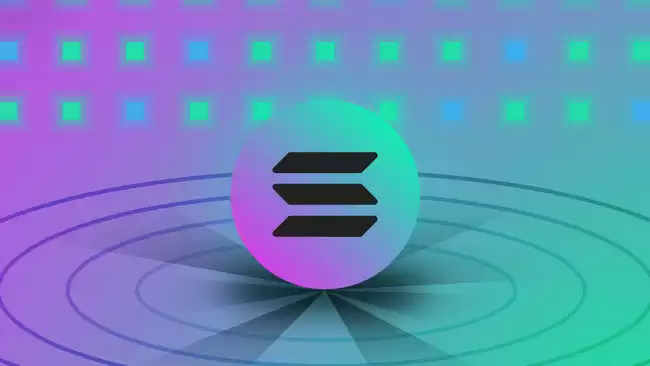
How to Create a Solana Wallet Address
Step 1: Choose a Solana Wallet
The first step in creating a Solana wallet address is to choose a wallet provider. There are several reputable Solana wallets available, each with its own advantages and disadvantages. Some popular Solana wallets include:
Phantom Wallet: A browser extension and mobile app that is easy to use and supports a wide range of Solana features.
Sollet Wallet: A web-based wallet that is simple and user-friendly, with a focus on security.
Slope Wallet: A mobile-only wallet that offers a variety of features, including built-in staking and NFT support.
Exodus Wallet: A desktop and mobile wallet that supports Solana and other cryptocurrencies, with a focus on ease of use and security.
Atomic Wallet: A desktop and mobile wallet that supports Solana and over 500 other cryptocurrencies, with a focus on privacy and security.
Step 2: Install and Set Up Your Wallet
Once you have chosen a Solana wallet provider, you need to install and set up your wallet. The installation process will vary depending on the wallet you choose. In general, you will need to download the wallet software from the provider's website and follow the on-screen instructions.
Once you have installed the wallet software, you need to create a new wallet. This will involve providing a secure password and backing up your wallet. It is important to keep your password and backup safe, as they are the only way to recover your wallet if you lose access to it.
Step 3: Fund Your Wallet
Once you have created a Solana wallet address, you will need to fund it with SOL tokens. SOL is the native token of the Solana blockchain, and it is used to pay for transaction fees and interact with smart contracts.
There are several ways to fund your Solana wallet address. One option is to purchase SOL tokens from a cryptocurrency exchange. Another option is to receive SOL tokens from another wallet.
Step 4: Secure Your Wallet
It is important to keep your Solana wallet address safe and secure. Here are a few tips for securing your wallet:
Use a strong password: Your password should be at least 12 characters long and include a mix of uppercase and lowercase letters, numbers, and symbols.
Enable two-factor authentication (2FA): 2FA adds an extra layer of security to your wallet. When you enable 2FA, you will need to enter a code from your authenticator app every time you log in to your wallet.
Store your backup securely: Your wallet backup is the only way to recover your wallet if you lose access to it. Store your backup in a safe place, such as a password manager or a hardware wallet.
Step 5: Use Your Wallet
Once you have created, funded, and secured your Solana wallet address, you can start using it to interact with the Solana blockchain. You can use your wallet to send and receive SOL tokens, interact with smart contracts, and participate in DeFi applications.
Here are a few tips for using your Solana wallet address:
Send and receive SOL tokens: To send SOL tokens, open your wallet and enter the recipient's address. Then, enter the amount of SOL you want to send and click "Send." To receive SOL tokens, open your wallet and share your address with the sender.
Interact with smart contracts: To interact with smart contracts, open your wallet and connect to the smart contract. Then, you can follow the instructions in the smart contract's interface to perform the desired action.
Participate in DeFi applications: To participate in DeFi applications, open your wallet and connect to the DeFi application. Then, you can follow the instructions in the DeFi application's interface to perform the desired action.
Disclaimer:info@kdj.com
The information provided is not trading advice. kdj.com does not assume any responsibility for any investments made based on the information provided in this article. Cryptocurrencies are highly volatile and it is highly recommended that you invest with caution after thorough research!
If you believe that the content used on this website infringes your copyright, please contact us immediately (info@kdj.com) and we will delete it promptly.
- Bitcoin Reserve, Gold Revaluation, Congress Considers: A New Era for US Financial Strategy?
- 2025-08-08 04:30:12
- KAITO's Momentum: Can It Reclaim Support Amidst Social Media Scrutiny?
- 2025-08-08 04:30:12
- Pi Coin's dApp and AI Potential: Building a Decentralized Future
- 2025-08-08 02:30:12
- Ruvi AI Takes the Lead: Outshining Dogecoin on CoinMarketCap
- 2025-08-08 02:50:12
- Cryptos Under $1: Is Ripple Still the King?
- 2025-08-08 03:50:12
- Cold Wallet, Bonk Price, ICP Price: Navigating the Crypto Landscape in 2025
- 2025-08-08 03:56:12
Related knowledge
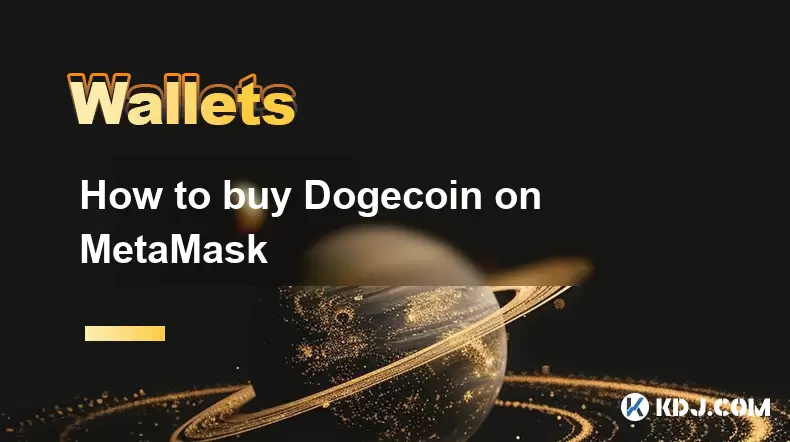
How to buy Dogecoin on MetaMask
Aug 08,2025 at 03:42am
Understanding Dogecoin and MetaMask CompatibilityDogecoin (DOGE) is a popular meme-based cryptocurrency that operates on its own blockchain, originall...
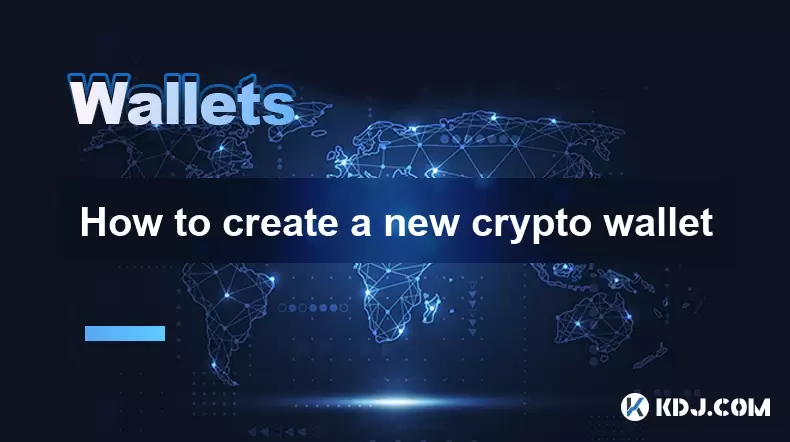
How to create a new crypto wallet
Aug 07,2025 at 09:22pm
Understanding the Basics of a Cryptocurrency WalletA cryptocurrency wallet is a digital tool that allows users to store, send, and receive digital ass...
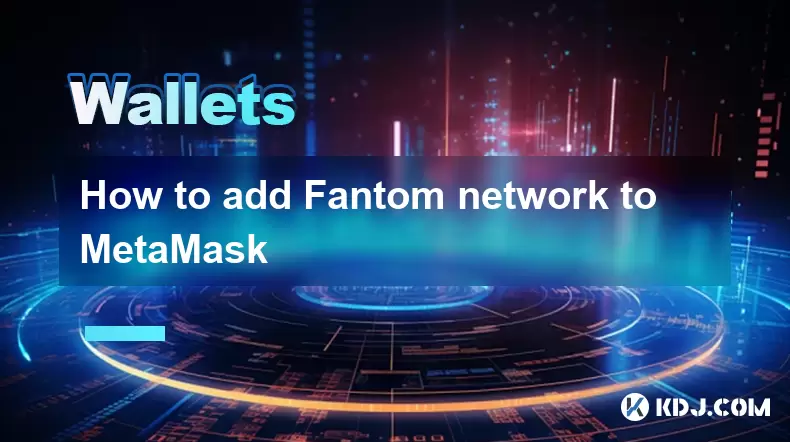
How to add Fantom network to MetaMask
Aug 07,2025 at 08:21am
Understanding the Fantom Network and MetaMask IntegrationThe Fantom network is a high-performance, scalable, and secure blockchain platform designed f...
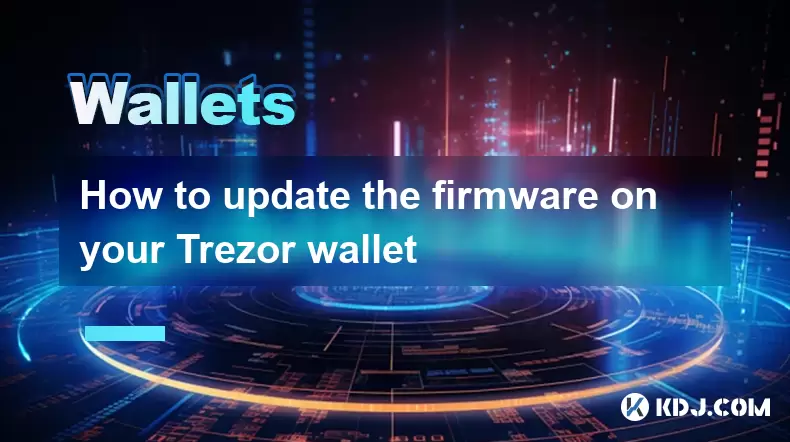
How to update the firmware on your Trezor wallet
Aug 07,2025 at 05:00pm
Understanding the Role of Staking in Cryptocurrency EcosystemsStaking has become a fundamental component of many blockchain networks that operate unde...
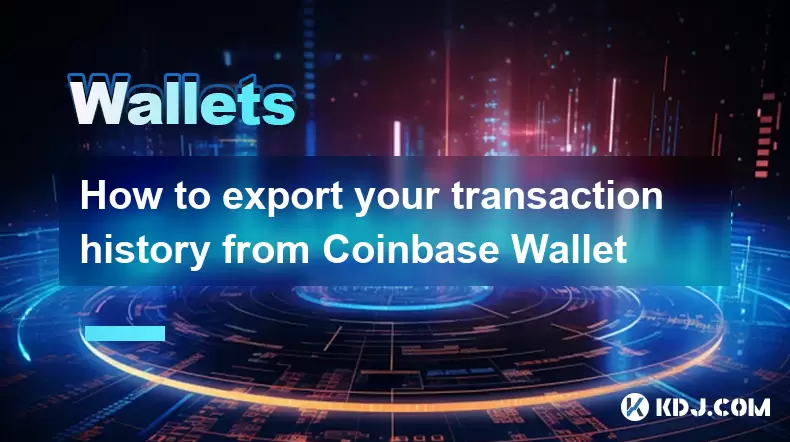
How to export your transaction history from Coinbase Wallet
Aug 07,2025 at 06:50am
Understanding Coinbase Wallet and Transaction HistoryCoinbase Wallet is a self-custodial cryptocurrency wallet that allows users to store, manage, and...
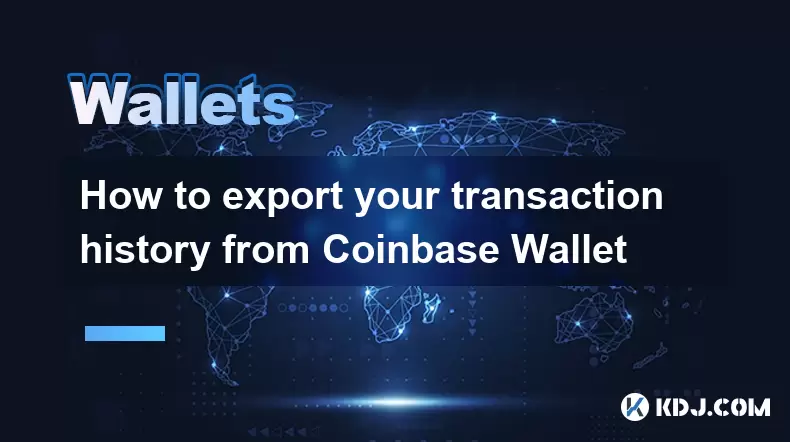
How to export your transaction history from Coinbase Wallet
Aug 07,2025 at 08:49am
Understanding Coinbase Wallet and Transaction HistoryCoinbase Wallet is a self-custodial cryptocurrency wallet that allows users to store, manage, and...

How to buy Dogecoin on MetaMask
Aug 08,2025 at 03:42am
Understanding Dogecoin and MetaMask CompatibilityDogecoin (DOGE) is a popular meme-based cryptocurrency that operates on its own blockchain, originall...

How to create a new crypto wallet
Aug 07,2025 at 09:22pm
Understanding the Basics of a Cryptocurrency WalletA cryptocurrency wallet is a digital tool that allows users to store, send, and receive digital ass...

How to add Fantom network to MetaMask
Aug 07,2025 at 08:21am
Understanding the Fantom Network and MetaMask IntegrationThe Fantom network is a high-performance, scalable, and secure blockchain platform designed f...

How to update the firmware on your Trezor wallet
Aug 07,2025 at 05:00pm
Understanding the Role of Staking in Cryptocurrency EcosystemsStaking has become a fundamental component of many blockchain networks that operate unde...

How to export your transaction history from Coinbase Wallet
Aug 07,2025 at 06:50am
Understanding Coinbase Wallet and Transaction HistoryCoinbase Wallet is a self-custodial cryptocurrency wallet that allows users to store, manage, and...

How to export your transaction history from Coinbase Wallet
Aug 07,2025 at 08:49am
Understanding Coinbase Wallet and Transaction HistoryCoinbase Wallet is a self-custodial cryptocurrency wallet that allows users to store, manage, and...
See all articles

























































































